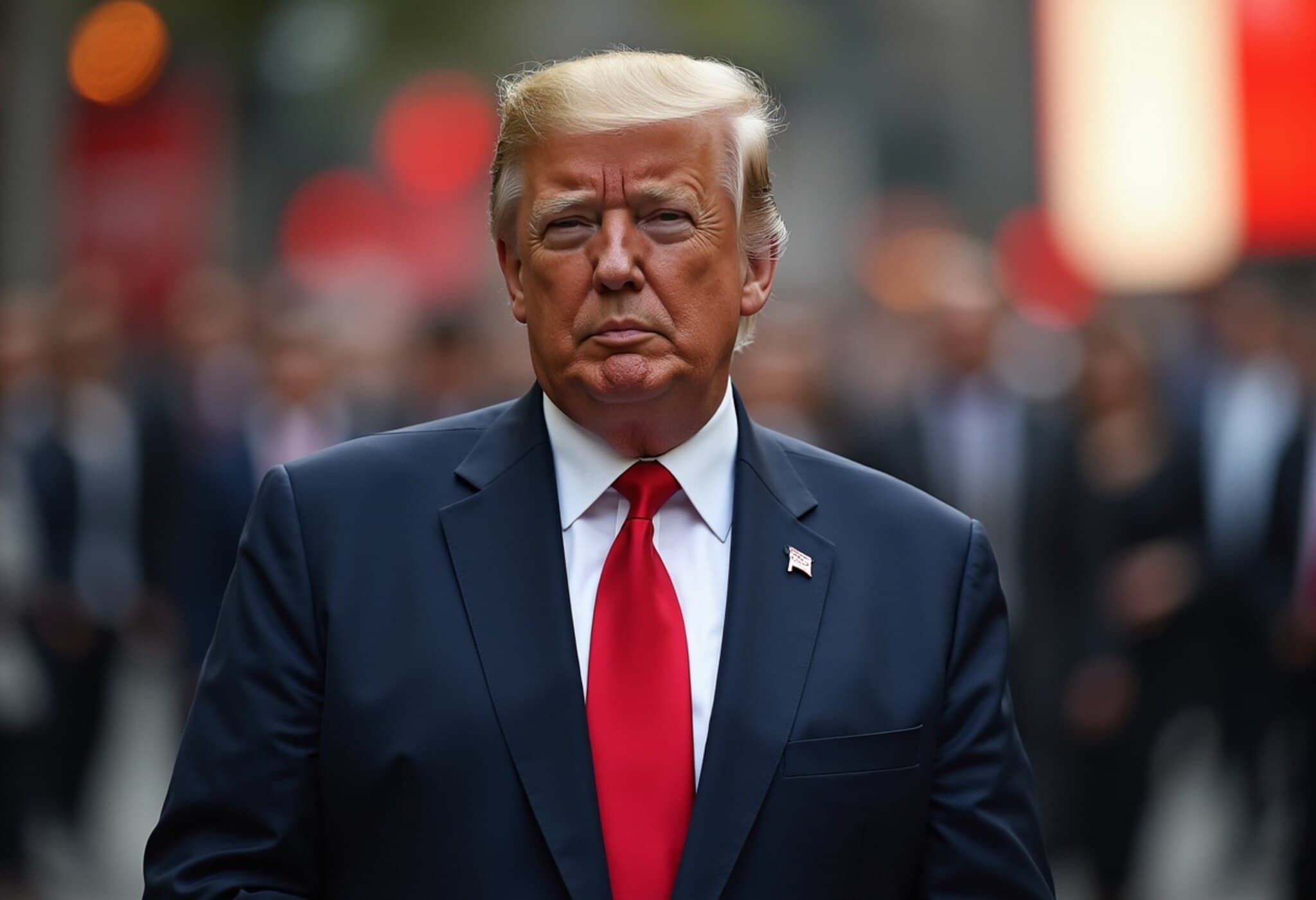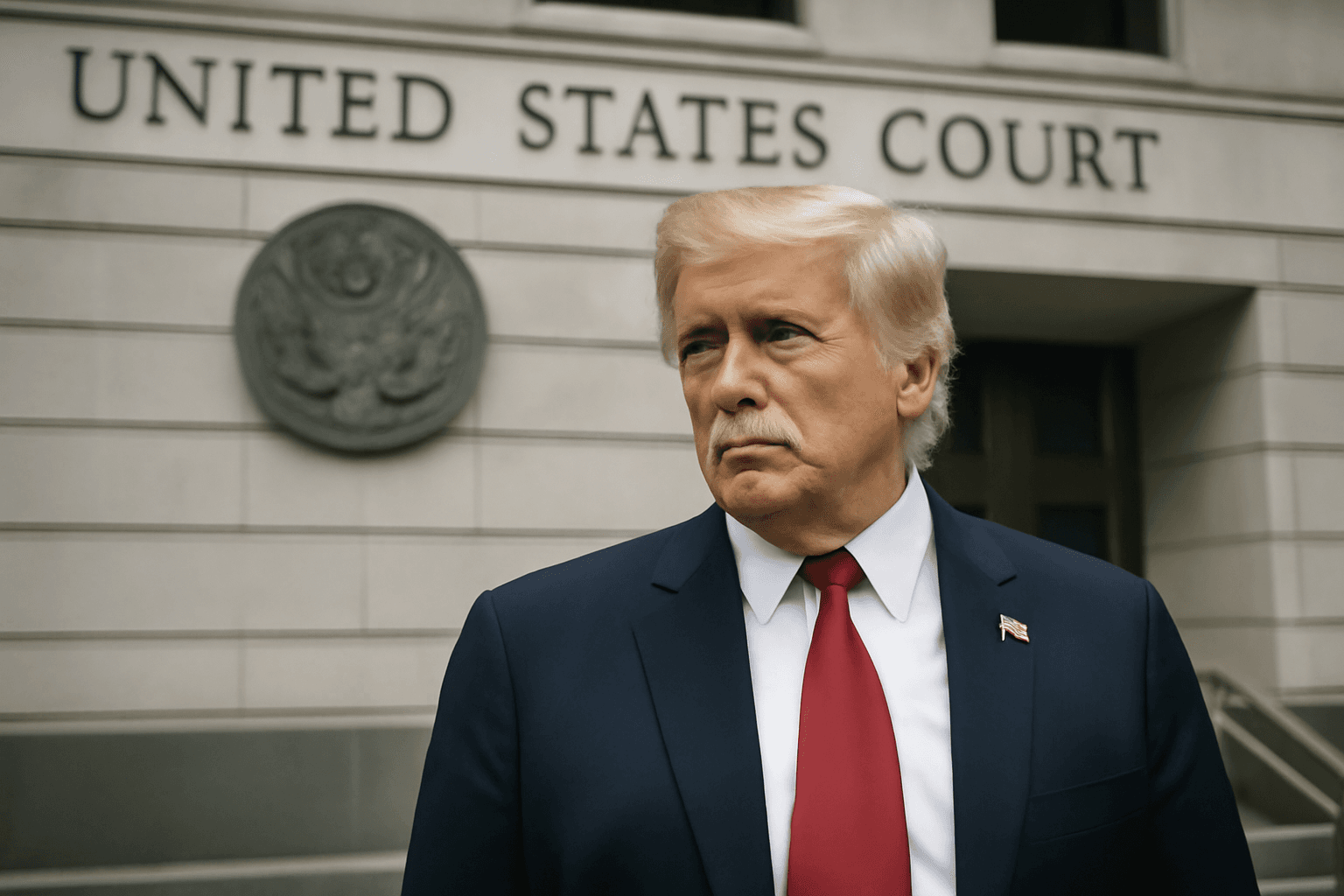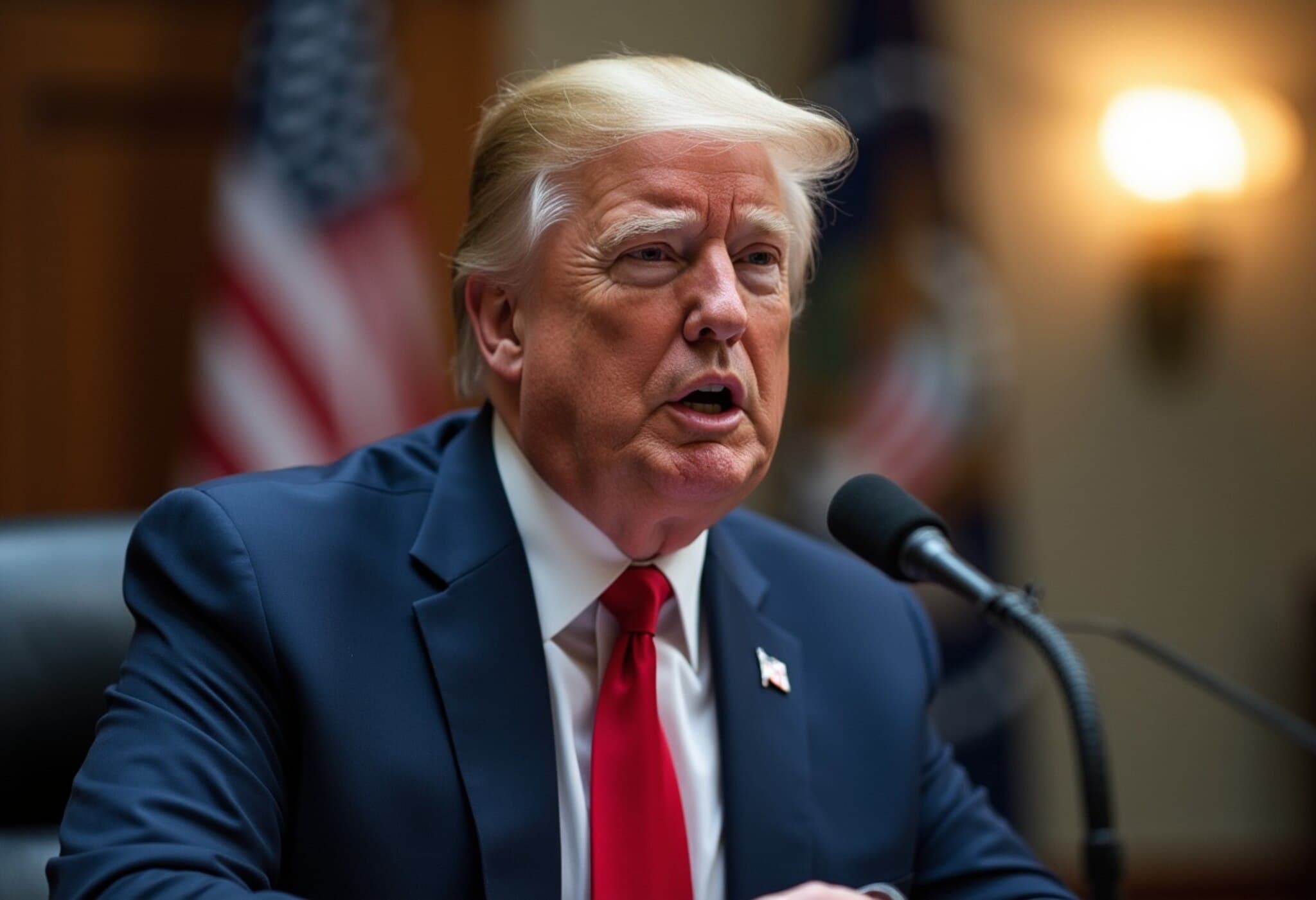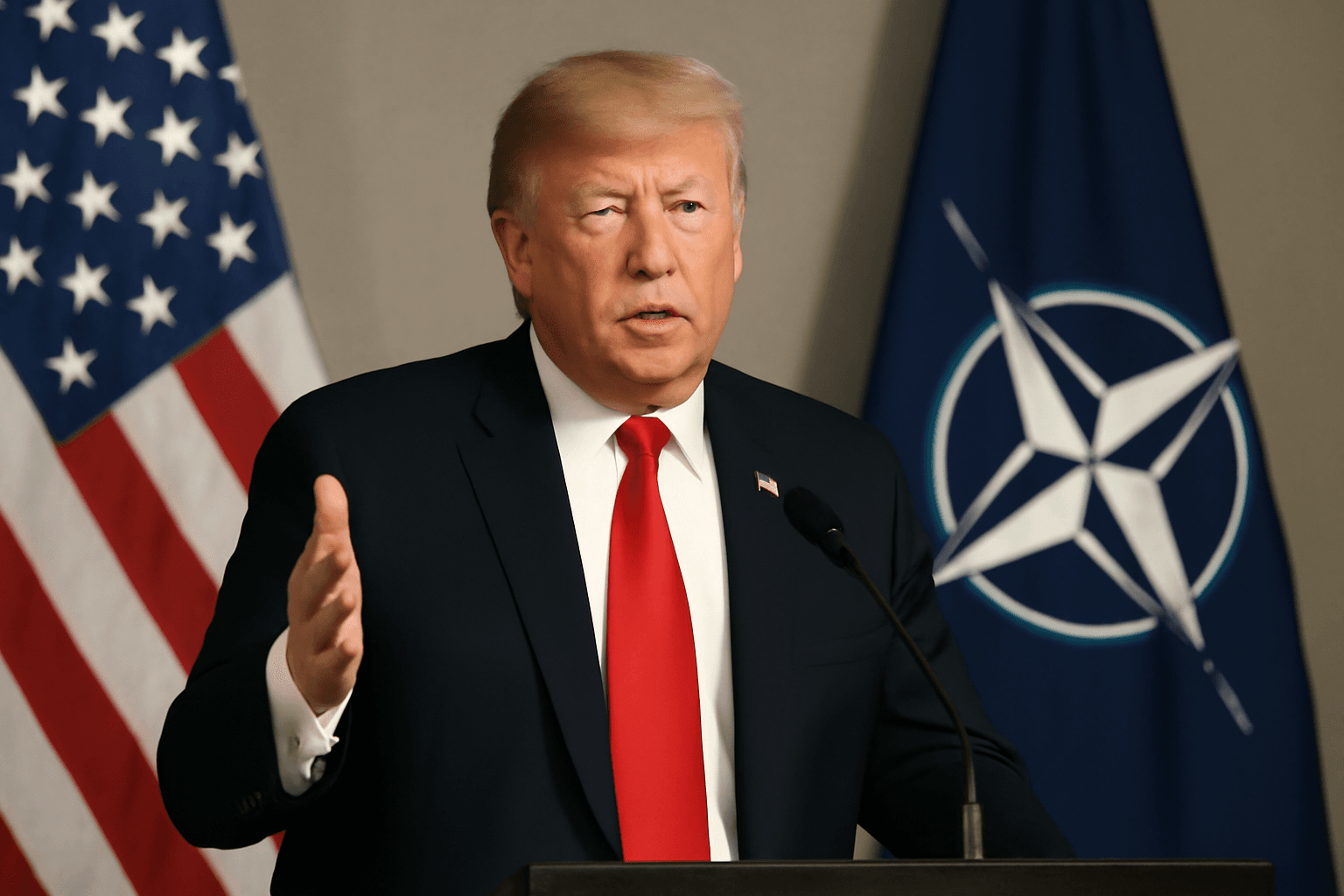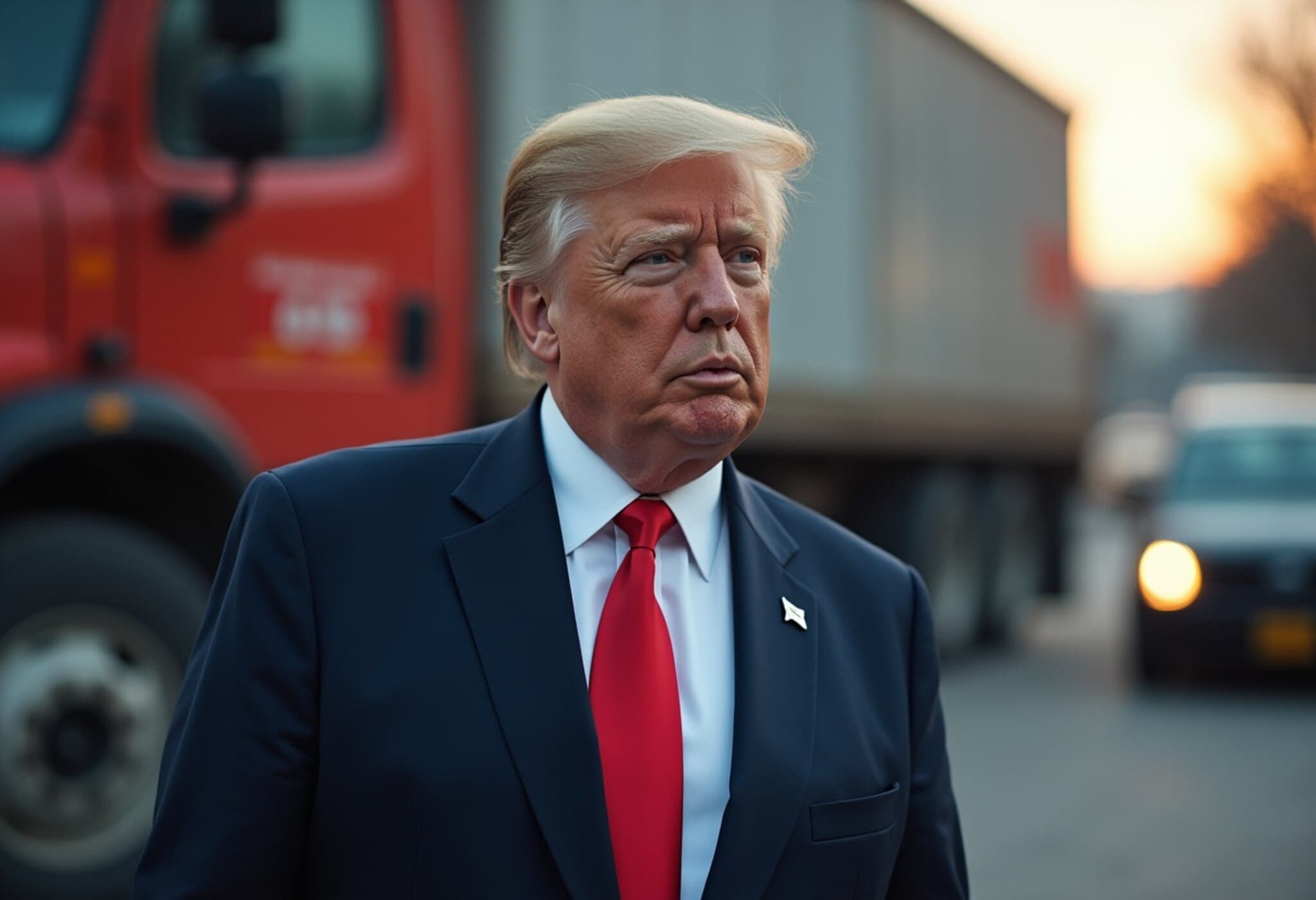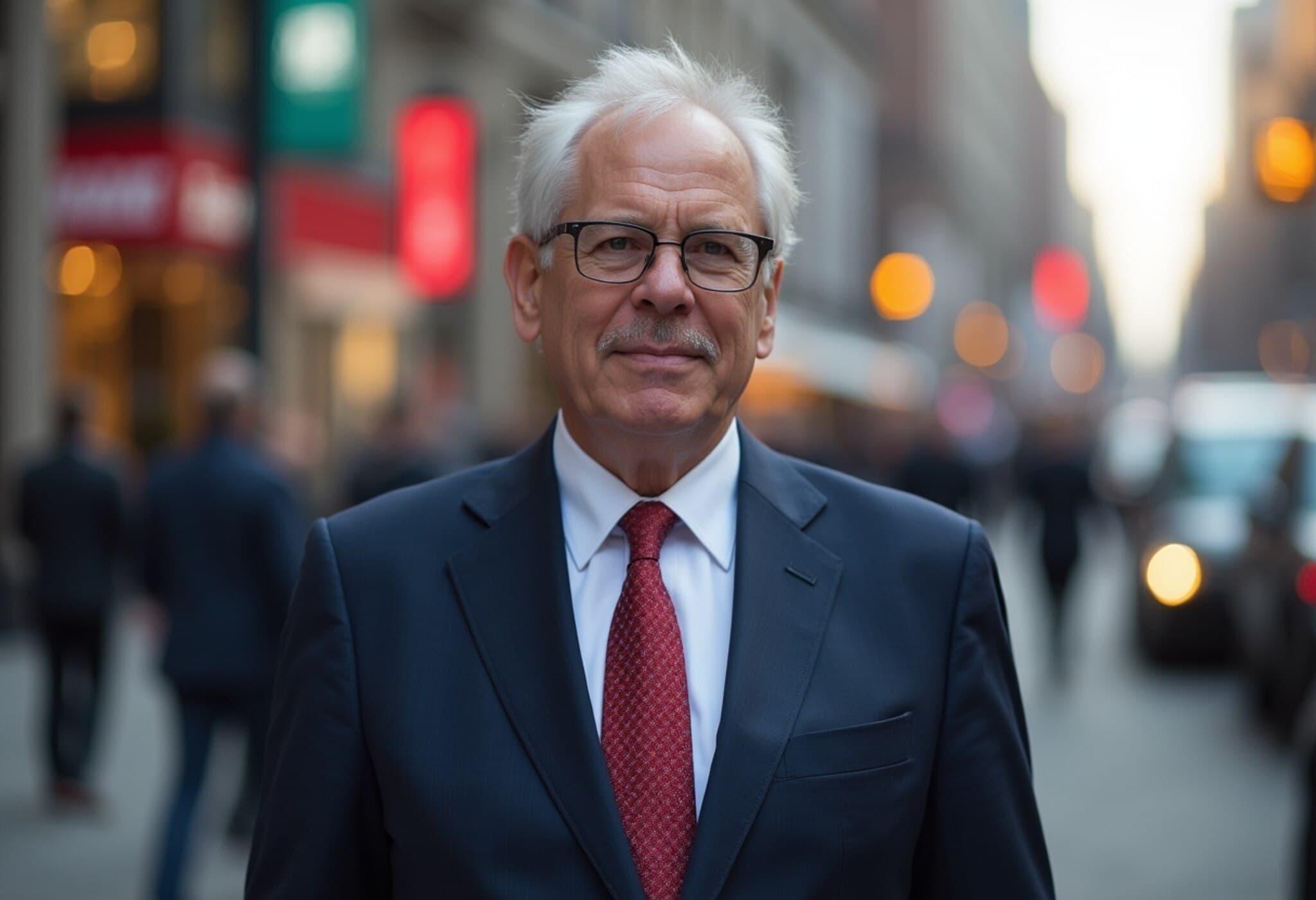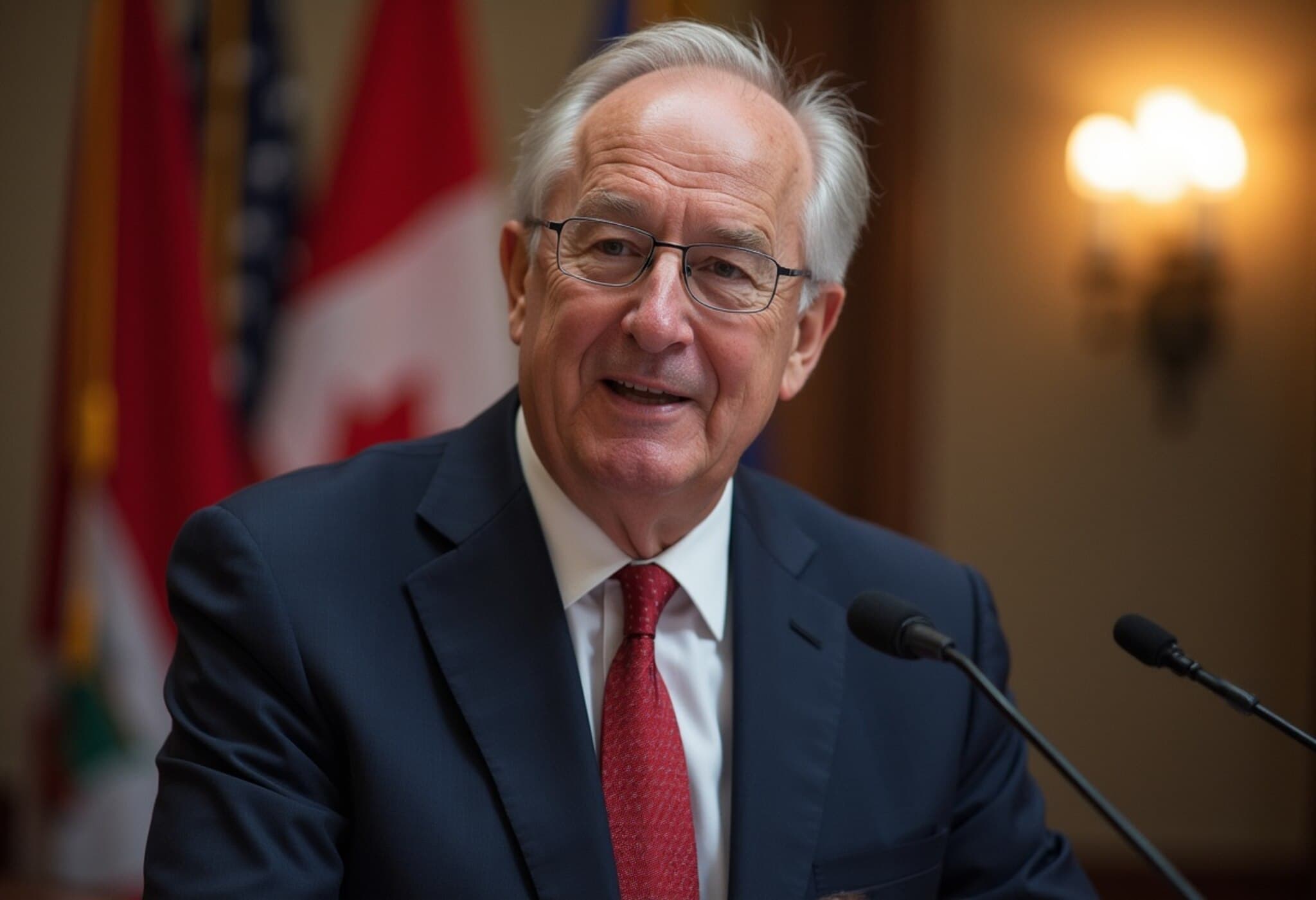Canadian Premiers Stand United Against Trump’s Tariff Threats
During a tense three-day summit in Huntsville, Ontario, the premiers of Canada’s provinces and territories came together in solidarity to oppose President Trump’s looming 35 percent tariffs on Canadian exports set to take effect August 1, 2025. While their shared condemnation of what many see as an aggressive trade assault galvanized a collective front, the moment of unity quickly gave way to deep regional divides over how to respond to the escalating economic fallout.
Unity Shattered by Divergent Economic Interests
Just hours after meeting with Prime Minister Mark Carney, the 13 premiers diverged sharply on next steps. The prospect of retaliatory tariffs against the U.S., proposed rapidly by Ontario Premier Doug Ford, was met with caution and even resistance by counterparts in resource-rich provinces like Saskatchewan and Manitoba.
Doug Ford: A Call for Strength and Retaliation
Hosting the meeting in Ontario, a province heavily reliant on automaking and steel, Mr. Ford was the most vocal advocate for tough Canadian countermeasures. “President Trump respects strength,” Ford asserted. “If you show any weakness, he will steamroll over us like a cement roller.” His stance underscored Ontario’s economic vulnerability given that sectors now targeted by U.S. tariffs constitute key pillars of the provincial economy.
Regional Pushback and Economic Realities
In stark contrast, Saskatchewan Premier Scott Moe highlighted the unintended consequences Canadian retaliation could have on his province. The province’s farmers already face higher costs due to tariffs on U.S. steel, essential for agricultural equipment. Moe warned, “Tariffs on American goods directly translate to costs on Saskatchewan families.”
Manitoba Premier Wab Kinew stressed the importance of moving cautiously and prioritizing comprehensive Indigenous consultation before greenlighting massive infrastructure projects that cross Indigenous territories.
Carney’s Infrastructure Vision Faces Political Hurdles
Central to the discussions was Premier Carney’s ambitious proposal to mitigate trade damage by expediting major infrastructure projects—spanning oil pipelines, nuclear plants, mines, and transport networks—to diversify Canada’s economy away from heavy U.S. reliance.
- His government swiftly passed legislation to fast-track project approvals, a move echoed by Ford in Ontario.
- However, these laws face legal challenges from Indigenous groups asserting violations of land rights.
- Environmental advocates have also voiced strong concerns about the risks of rushed development.
Pipeline Politics Highlight Deep National Disparities
A key moment came on the meeting’s second day when Ford, Moe, and Alberta Premier Danielle Smith signed an accord to build new oil pipelines linking to Canada’s Pacific Coast and Ontario. Yet, the absence of British Columbia and Manitoba from the pact raised questions about its viability.
B.C. Premier David Eby remains skeptical, noting there is currently no private-sector interest or financial backing for additional heavy oil pipelines to the coast. “Without a credible project or proponent, we cannot move forward,” said Eby.
Indigenous Consent Central to Future Projects
Premiers are increasingly recognizing Indigenous nations’ pivotal role in decisions about natural resource development. Manitoba’s Kinew emphasized a consultative approach: “We want Indigenous nations onside first. We’re focused on consent-building before announcing any projects.”
Expert Insight: Navigating Trade Turbulence Amid Complex Regional Dynamics
The divergent reactions illuminate Canada’s multifaceted economic landscape. Ontario, with its industrial manufacturing base, faces immediate threats to employment and output from U.S. tariffs. Conversely, Prairie provinces weigh the costs of retaliatory measures that might rebound on their agricultural sectors or complicate infrastructure ambitions.
Strategic infrastructure investments offer a longer-term vision to reduce dependence on the United States, yet political fragmentation and legal disputes—especially concerning Indigenous rights—reveal the challenges ahead.
Looking Ahead: An Uneasy Path for Canadian Unity
While Mr. Ford’s “Team Canada” rallying cry highlighted a rare moment of collective purpose against external threats, underlying regional fissures remind us that Canada’s federal dynamic shapes how the nation confronts global trade shifts.
Observers note that successful Canadian resistance to U.S. tariffs will hinge not just on political will, but on the delicate balancing act between economic interests, environmental stewardship, Indigenous sovereignty, and national unity.
Editor’s Note
This crucial meeting of Canada’s premiers underscores a sharpened geopolitical reality: trade wars between the U.S. and Canada are no longer abstract policy disputes but immediate economic battles impacting families and industries. Yet, the path forward remains fractured amid competing regional needs and complex legal-political landscapes. How Canada reconciles these divergent interests will set precedents for its resilience in an increasingly protectionist global economy.





